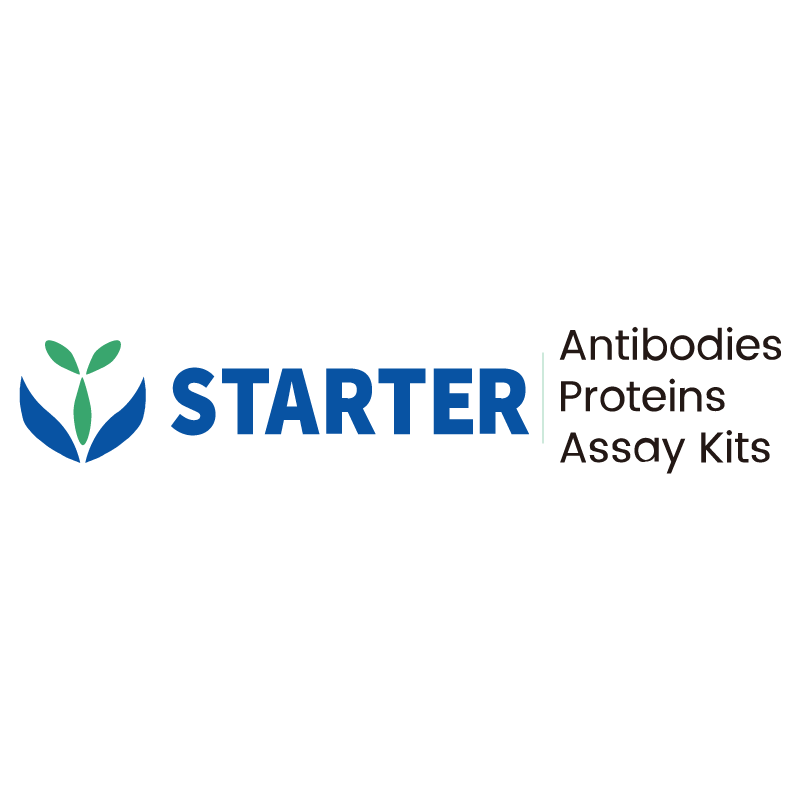Flow cytometric analysis of human PBMC (human peripheral blood mononuclear cell) labeling CD33 with purified antibody at 1/2000 dilution (0.1 μg) (Right) compared with a Mouse monoclonal IgG isotype control (Left). Goat Anti-Mouse IgG Alexa Fluor® 488 was used as the secondary antibody. Then cells were stained with CD14 - Alexa Fluor® 647 separately. Gated on total viable cells.
Product Details
Product Details
Product Specification
| Host | Mouse |
| Antigen | CD33 |
| Synonyms | PWS44, Myeloid cell surface antigen CD33, Sialic acid-binding Ig-like lectin 3, Siglec-3, gp67 |
| Location | Membrane |
| Accession | P20138 |
| Clone Number | S-R472 |
| Antibody Type | Mouse mAb |
| Isotype | IgG2a,k |
| Application | FCM |
| Reactivity | Hu |
| Purification | Protein A |
| Concentration | 2 mg/ml |
| Conjugation | Unconjugated |
| Physical Appearance | Liquid |
| Storage Buffer | PBS, 40% Glycerol, 0.05% BSA, 0.03% Proclin 300 |
| Stability & Storage | 12 months from date of receipt / reconstitution, -20 °C as supplied |
Background
CD33 or Siglec-3 (sialic acid binding Ig-like lectin 3, SIGLEC3, SIGLEC-3, gp67, p67) is a transmembrane receptor expressed on cells of myeloid lineage. It is usually considered myeloid-specific, but it can also be found on some lymphoid cells. CD33 can be stimulated by any molecule with sialic acid residues such as glycoproteins or glycolipids. Upon binding, the immunoreceptor tyrosine-based inhibition motif (ITIM) of CD33, present on the cytosolic portion of the protein, is phosphorylated and acts as a docking site for Src homology 2 (SH2) domain-containing proteins like SHP phosphatases. This results in a cascade that inhibits phagocytosis in the cell.
Picture
Picture
FC


